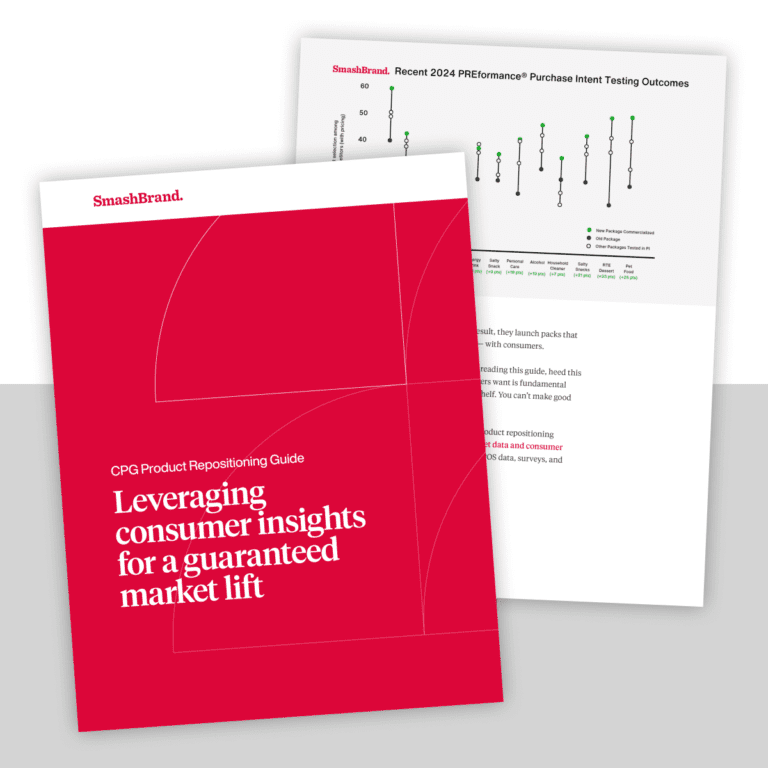We ain’t gonna lie; Web design is a competitive racket. If you want to say ahead of the game, you have to keep those tools sharp, stay the course, take no prisoners and adhere to numerous other clichés we can’t, at this moment, remember.
In a way, the following rules apply to pretty much any trade or skill or endeavor; these are basically the same principles you’d apply to success in medicine, engineering, law or weight loss. You cannot remain dormant; you have to be as active a part of the design community as your time and patience allows. In addition to familiarizing yourself with industry innovations, being in constant contact with others in your profession will keep your competitive juices flowing. After all, nothing is more inspiring than being forced to have lunch with a legion of associates who are all doing better than you.
1. Read up on industry blogs.
If you truly have no idea what is going on within your own industry, high-traffic blogs will tell you. You’ll notice that multiple bloggers all miraculously discuss the innovations and trends worth noting at approximately the same time. Naturally, we want to encourage you to read our blogs religiously. We offer you the solemn promise that our blogs consist almost exclusively of trendy topics that have been discussed elsewhere. You’re very welcome.
2. Attend seminars/conferences.
These are 3-dimensional, in-person versions of industry blogs, though they sometimes come with catering services. The good thing about conferences is that you get to schmooze with colleagues from all over the globe in the flesh. We hear it’s called networking.
3. Keep on ‘a learnin.’
This involves taking online tutorials, attending the occasional class, obsessively visiting the websites of other, more talented, designers and listening to podcasts on Web design related matters. It’s also advisable to participate on design forums and interact with peers. Forums are great places to get a feel for industry sentiment; get answers to burning questions four months after you’ve asked them and engage in rabid message board fights with colleagues on topics that have nothing to do with design (“You want to get on stage and have a room full of people threaten to ram their #$%^^ up your *%!” – Redacted quote from a Designer Talk forum that we are not making up).
Rage-filled, possibly drunken design forum posts aside, forums are nonetheless great community resources that have all Web design-related matters under one roof, so to speak. Helpful topics range from help dealing with clients’ wishes to the latest episode of Game of Thrones. (Oh, and you know that Web designers are going to watch themselves some Game of Thrones.)
4. Tweet
Not only should you tweet, but you should also stay on top of the Twitter posts of respected figures in the design industry, provided they’re not merely re-tweets and musings about their accomplishments at the gym (“Training with @bodybyhannah. (@ Hype Gym))” – Actual tweet by Jeffrey Zeldman. Generously, he posted it twice).
Alright, the benefits of tweeting aren’t merely to glean useful information from industry thought leaders (you probably won’t), but rather to join an online community of designers and designer bigwigs. Suppose you regularly compose well-thought-out posts and disburse them through a diverse community of powerful Mentions. In that case, you may find yourself “trending” in an extremely minor way!
These are tips and tricks that you surely already know – somewhat like reading health/wellness blogs that encourage the consumption of vegetables and whole grains instead of straight nacho cheese sauce. Nevertheless, it’s still good to have the points reiterated, if only to remind us what we should be doing but aren’t for whatever reason.
One thing of which you can be certain, though, is that we practice what we preach. We just attended a scintillating design conference in San Francisco. We will shortly post our long-winded response to the comment that Daenerys should have used her Dragon Army to liberate the Yunkai slaves. Idiots.
Data-Driven Brand Development
Want a best-selling brand? SmashBrand is a brand development agency for FMCG and CPG companies. From brand strategy to packaging design testing, our Path To Performance™ process guarantees a retail performance lift. Book a time to discuss your project with our team.
Subscribe to
Nice Package.
SmashBrand’s Nice Package: Stay current with our latest insights
Free Resource.

CPG product repositioning guide.
Explore the five undeniable signs your CPG product needs repositioning along with strategies for leveraging consumer insights for a guaranteed market lift.
Download Whitepaper About CPG product repositioning guide.